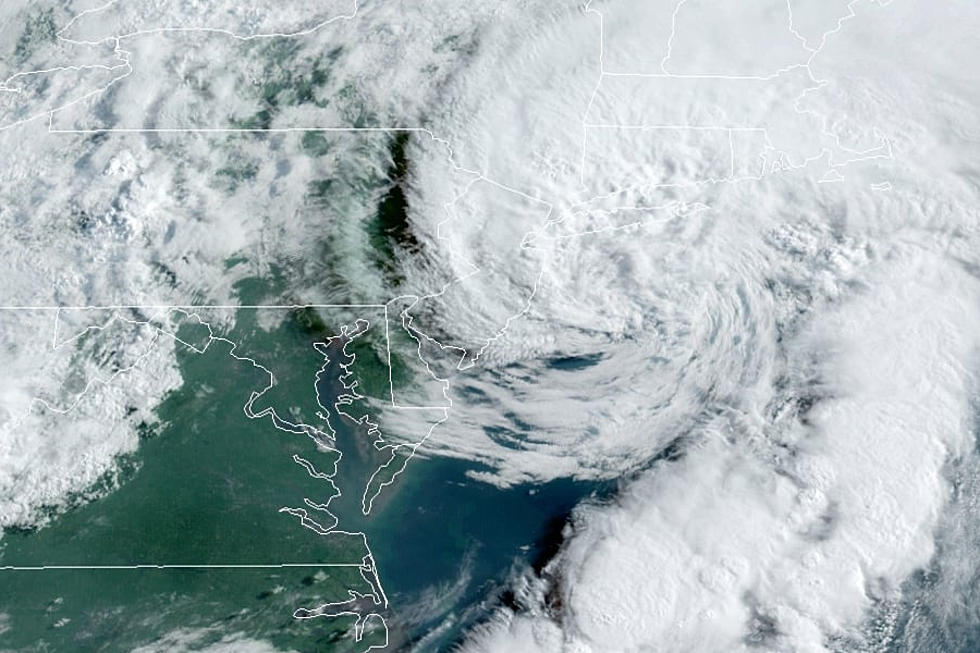
NOAA raises the wallop potential in hurricane prediction update
There's a higher probability of major hurricanes and more named storms in updated Atlantic Hurricane Season data by the National Oceanic and Atmospheric Administration (NOAA), which stands by its prediction that 2016 will be the most active since 2012 - the year of Superstorm Sandy.
The revised outlook now pegs a 70-percent chance of 12 to 17 named storms, with five to eight of them strong enough to reach hurricane status, and two to four becoming major hurricanes.
This is up from the May projection of a 70-percent chance of 10 to 16 named storms, four to six hurricanes and one to four major hurricanes.
Updated calculations place the season on the high end of seasonal averages of 12 named storms, six hurricanes and three major hurricanes. The season ends November 30.
Among the factors cited by Dr. Gerry Bell, lead seasonal forecaster at NOAA's Climate Prediction Center, are the winding down of El Nino, weaker vertical wind shear,. weaker trade winds over the central tropical Atlantic, and a stronger West African monsoon.
"However," he added in prepared remarks, "less conducive ocean temperature patterns in both the Atlantic and eastern subtropical North Pacific, combined with stronger wind shear and sinking motion in the atmosphere over the Caribbean Sea, are expected to prevent the season from becoming extremely active."
Forecasters expect La Nina to develop, but weak, and not much of a factor in the rest of hurricane season.
So far, New Jersey and the northeastern US have been spared the five named storms that have developed, including hurricanes Alex and Earl. The storms that reached land are Bonnie in South Carolina, Colin in west Florida, Danielle in eastern Mexico, and Earl in Mexico and Belize.
But this is when we enter the seasonal heart of darkness, so it pays to be ready. See NOAA's hurricane preparedness primer here.
More From 92.7 WOBM









